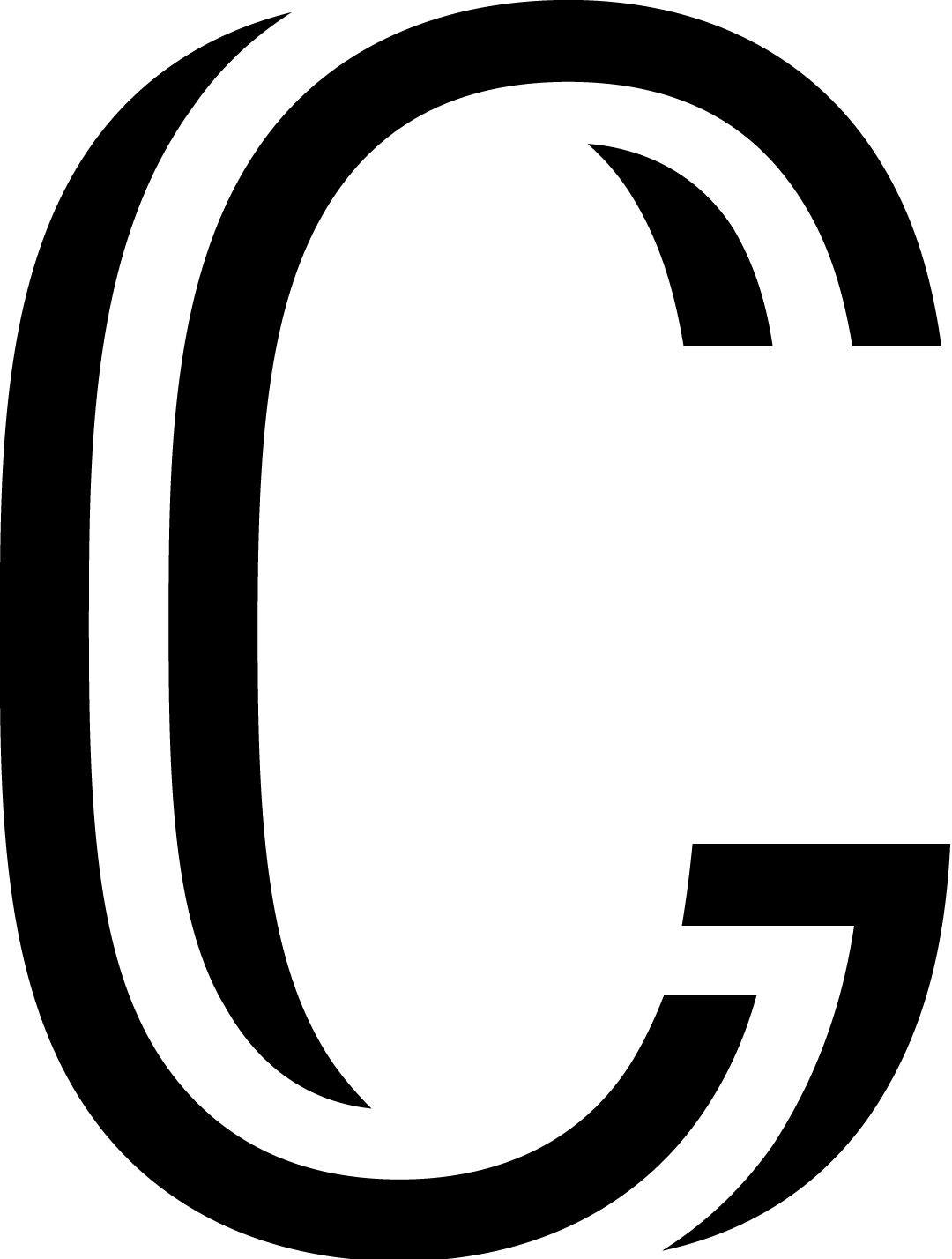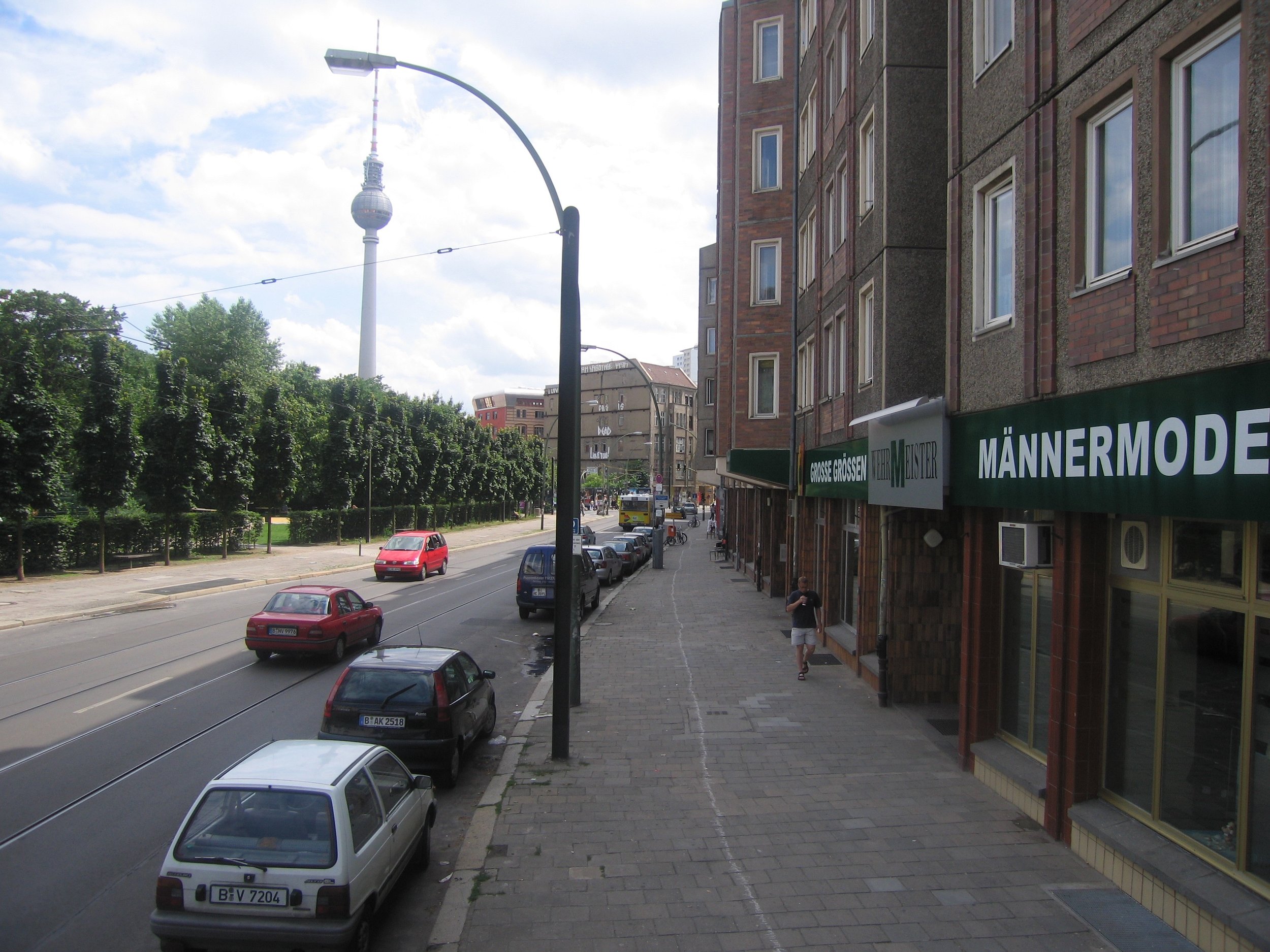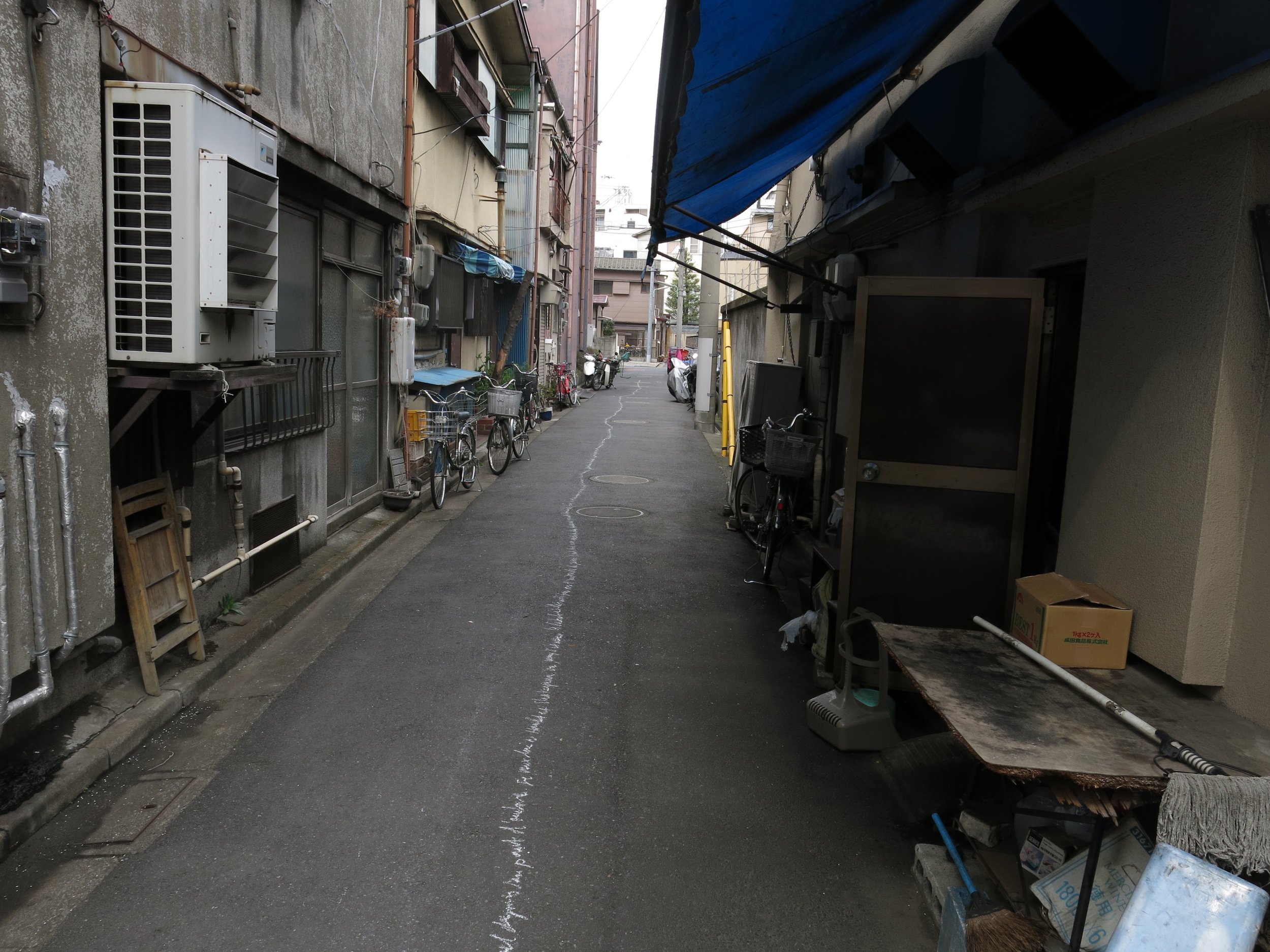....
Né en 1964, Jean-Christophe Norman vit et travaille à Marseille.
Depuis plus d’une dizaine d’années, il s’est engagé dans un travail protéiforme, dont les fondements sont basés sur la répétition, l’écriture et la marche, tant mentale que physique.
Invité à réaliser une résidence au FRAC Lorraine en 2006, il est également exposé au Musée des arts décoratifs de Paris dans le cadre de l’exposition « Le contemporain dessiné ».
En 2016, Il réalise une performance intitulée « Un jour - Une nuit » au Musée Picasso Paris.
Il crée en 2017 au Musée d’art contemporain du Val-de-Marne une installation in situ autour de la réécriture, pour laquelle le public est invité à assister au recouvrement d’une des cimaises de l’institution. Entre octobre 2016 et février 2017, le Centre Dürrenmatt avec « Matières » présente la première grande exposition personnelle de Jean-Christophe Norman en Suisse. Intitulé du même nom que l’exposition, le n°14 des Cahiers du Centre Dürrenmatt est publié à l’occasion.
Débuté en 2017 et achevé fin 2018, Jean-Christophe Norman prend part au projet « Picasso-Méditerranée » avec « Terres à Tierra », en réécrivant à l’aide de craies blanches et de façon exhaustive, de villes en villes selon un parcours prédéfini (Marseille, Nice, Rome, Barcelone, Paris, Madrid et Malaga), le livre de Pierre Daix « La vie de peintre de Pablo Picasso ».
Son travail est exposé en 2018 au sein de l’exposition collective « L’empreinte de la mémoire » au FRAC Franche-Comté, au Magasin des Horizons à Grenoble dans le cadre de l’exposition «JE MARCHE DONC NOUS SOMMES », au MAC VAL dans « Persona grata ». En collaboration avec le Magasin des Horizons, Jean-Christophe Norman présente fin novembre 2018, sa performance «Ulysses, a long way» au Centre national de la Danse à Pantin.
Présenté à Drawing Now 2019 par la Galerie C, Jean-Christophe Norman réalise en partenariat avec la Fondation Ricard et suite à la proposition de Joana Neves une performance dans le cadre dudit salon.
En 2019, le travail de Norman est exposé au sein de l’espace ZOO galerie à Nantes ainsi que dans le cadre de l’exposition « Picasso, obstinément méditerranéen » au Musée national-Picasso Paris, du 04 juin au 06 octobre. Du 06 juillet au 10 novembre 2019, il prend également part à l’exposition collective « Bis repetita placent » à l’Espace d’art concret à Mouans-Sartoux qui s’inscrit dans le programme de la manifestation « Des marches, démarches » organisée en collaboration avec le FRAC PACA. « Terre à terre », une installation in situ réalisée au MACVAL en 2017 est visible au sein de l’exposition « Persona grata ? » dès mars 2019.
Une monographie est également à paraître chez 02 éditions et aux éditions de la Galerie C avec des textes de Thierry Davila, Camille Paulhan, Elena Vogman et Malte Fabian Rauch.
Performeur et plasticien, Jean-Christophe Norman sonde le champ de l’écriture à travers le monde. Si les modes d’expression divergent - arpentage, recouvrement, ou réécriture -, l’artiste s’attèle à la création d’espaces, accordant toutefois une importance particulière à la valorisation de l’expérience.
La marche est au centre du travail de Jean-Christophe Norman qui en 2005 avec « Crossing Berlin » traverse dans son intégralité la capitale allemande, traçant à la craie sur le sol l’écriture du temps durant près d’un mois. En 2008, il redessine les contours de Vilnius (Constellation walks) dans une série de villes (New York, Berlin, Besançon, Tokyo, Metz, Nice, Paris).
Les fragments des contours de la capitale lituanienne sont dispersés dans les-dites cités et seule l’addition de ces tracés permet la compréhension de la totalité. « Les marches auxquelles se livre Norman sont des réinterprétations de ces frontières héritées de l’histoire et de ses bouleversements: les cartes sont des instantanés, des bilans à l’instant T du développement des sociétés, elles sont autant de fictions, d’outils de propagande et de fixation des pouvoirs en place. Dans le travail de Norman n’entrent pas seulement en place des considérations géopolitiques, il s’agit avant tout, pour l’artiste de “retracer“ poétiquement de nouvelles délimitations et de se constituer des itinéraires / prétextes capables d’engendrer de la rencontre, de l’inconnu, d’inventer des territoires encore vierges de toute appropriation historique. » (1)
Bien que l’artiste effectue ses longues marches selon des protocoles prédéfinis, il élude la mise en spectacle et nourrit une propension à la non-visibilité: « Sans pour autant se situer dans une lignée conceptuelle où l’oeuvre peut n’exister que par simple énonciation, Norman se place dans une logique du faire - un faire qui ne se donne pas à voir. Son travail existe, c’est tout. Il n’exerce aucun rapport de force avec le contexte qui l’accueille. » (2)
Jean-Christophe Norman « souhaite tenir à la plus grande distance possible le spectacle et le spectaculaire. (…) L’évocation procure une vision plus nette des choses, en partie parce qu’elle est "complétée" par le spectateur. » (3)
Ainsi, pour la série Cover l’artiste se livre au recouvrement de photographies d’oeuvres ou de performances d’art contemporain majeures qui figurent dans un journal trouvé lors d’un voyage. Le graphite s’empare méticuleusement du papier, ce qui est donné à voir transparaît dans un subtil jeu d’apparition et de disparition: « Les Cover de Norman nous poussent à sortir du rapport frontal qui détermine habituellement notre rapport aux images. (…) Rendant impossible la reconnaissance immédiate du représenté, Norman réintroduit cette part d’imaginaire que la photographie documentaire tend à bloquer parce qu’elle essaie de tout donner à voir. L’engagement que les Cover demandent aux visiteurs est similaire à celui des anamorphoses, où une image cache une autre et où les déplacements du visiteurs deviennent productifs. » (4)
La pratique artistique de Jean-Christophe Norman s’élabore autour de la distance, parcourue, elle se retrouve dans la plasticité des formes, ainsi que dans la distanciation que l’artiste opère avec le regardeur: évincé de l’acte, le regardeur est toutefois inclus dans le processus, car il est appelé à co-créer, à combler les énigmatiques évocation que l’artiste lui offre: « Je me demande souvent si ce ne sont pas les images trop illustratives qui nous tiennent à distance. Elles nous donnent l’impression de tout savoir, d’être informés, documentés, mais nous apportent-elles l’espace nécessaire à la réflexion d’un côté et à la rêverie de l’autre? » (5)
« Les voyages de Jean-Christophe Norman sont des réécritures, tant littérales que métaphoriques, des récits voyageurs plus que de voyage, qui déplacent les constituants de la fiction et donnent à la littérature des prolongements inattendus. » (6)
(1) Patrice Joly, Jean-Christophe Norman, in: "Revue 02", N°72, hiver 2014-2015
(2) Bertrand Charles, « La matière du dépassement », 2009.
(3) Texte datant de 2010, issu d’un entretien entre Jean-Christophe Norman et Sophie Lapalu, disponible sur le blog de Sophie Lapalu.
(4) Klaus Speidel: Apparition (Imaginaire) in: Catalogue de l’exposition «La correction de l’Atlas», Musée du Temps de Besançon, 2010.
(5) Texte datant de 2010, issu d’un entretien entre Jean-Christophe Norman et Sophie Lapalu, disponible sur le blog de Sophie Lapalu.
(6) Patrice Joly, Jean-Christophe Norman, in: "Revue 02", N°72, hiver 2014-2015
..
Born in 1964, Jean-Christophe Norman lives and works in Besançon.
For more than ten years he has devoted himself to multifaceted work based on repetition, walking – mentally and physically – as well as on writing.
Invited in 2006 to take up a residency at the FRAC in Lorraine her works were exhibited in 2016 at the “Musée des arts décoratifs” in Paris within the framework of an exhibition entitled “Le contemporain dessiné” (The contemporary in drawings) and he realized a performance entitled “Un jour – Une nuit” (A day – A night) at the “Musée Picasso” in Paris. In addition in 2016, the Centre Dürrenmatt guested his first exhibition [“Matières”] in Switzerland.
In 2017 at the “Musée d’art contemporain du Val-de-Marne”, he carried out an in-situ installation centred on re-writing, where the public was invited to view the overcovering of one of the panels in the institution.
In 2018 he realized a performance’s project entitled « Terres à Tierra » within the framework of the project «Picasso-Méditerranée». Moreover his works were exhibited at the FRAC Franche Comté (« L’empreinte de la mémoire »), at the MAC VAL (« Persona grata ») and at the Magasin des Horizons in Grenoble («JE MARCHE DONC NOUS SOMMES ») the same year.
In collaboration with the Magasin des Horizons, Jean-Christophe Norman presents at the end of November 2018, his performance «Ulysses, a long way» at the Centre national de la Danse Pantin.
Presented during Drawing Now 2019 by Galerie C, Jean-Christophe Norman, in partnership with the Ricard Foundation, is developing a performance held during the fair, following Joana Neves’ proposal.
In 2019, Norman’s work is exhibited in the ZOO gallery space in Nantes as well as in the context of the exhibition «Picasso, obstinément méditerranéen» at the Musée national-Picasso Paris, from June 4th to October 6th. From July 06 to November 10, he also take part in the collective exhibition «Bis repetita placent» at the Espace de l’Art Concret in Mouans-Sartoux which is part of the program of the event «des marches, démarches» organized in collaboration with the FRAC PACA.
A monograph will also be available at 02 editions and Galerie C editions with texts by Thierry Davila, Camille Paulhan, Elena Vogman and Malte Fabian Rauch.
As performer and visual artist, Jean-Christophe Norman probes the field of writing worldwide. Even if his modes of expression diverge – walking, overcovering, or rewriting – the artist gets down to the creation of spaces, but all the same according a special importance to the valorisation of the experience.
Walking is at the centre of attention of the work of Jean-Christophe Norman who, in 2015 [“Crossing Berlin”], for almost a month went completely across Berlin tracing with chalk the “writing of time” on the ground. In 2008, he redrew the outlines of Vilnius [“Constellation walks”] in a series of cities (New York, Besançon, Tokyo, Metz, Nice, Paris). The fragments of the outlines of the Lithuanian capital were dispersed in the above-mentioned cities and only the addition of all the outlines allows one to understand the complete work. “The walks which Norman goes on are re-interpretations of the borders bequeathed by history and its upheavals; the maps are snapshots, split-second reports of the development of societies, they are so many fictions, propaganda tools, and tools for settling the established powers… It is not just geopolitical considerations which find their way into Norman’s work; what is involved, above all, for the artist is that he can poetically “re-trace” new boundaries and create itineraries/pretexts capable of giving rise to encounters and the unknown, and inventing territories still untouched by any historical appropriation.” (1)
Even although the artist goes on long walks according to a pre-set protocol, he evades staging and nourishes a propensity of invisibility: “Without, all the same, using a design concept where the work can only exist by a simple statement, Norman places himself in a logic of doing things – something that does not appear. His work exists – that is all. He puts no pressure on the context that takes him in.” (2)
Jean-Christophe Norman “wishes to keep as far as possible from the spectacle and the spectacular. […] Evocation procures an clearer vision of things, partly because they are “completed” by the spectator.” (3)
Thus, for the series “Cover” the artist engages in covering over photographs of works or performances of major contemporary art that figure in a magazine found when on voyage. The graphite meticulously takes over the paper so that what remains to be seen shows through in a subtle play of appearance and disappearance: “Norman’s Cover obliges us to relinquish a frontal relationship that we normally have with images […] making it impossible to immediately recognize them. Norman reintroduces that part of the imaginary which photography tends to block since it tries to make everything visible. The commitment that the works in “Cover” required of the visitors is similar to that of anamorphosis, where one image hides another and where movement of the visitors becomes useful.“ (4)
The artistic work of Jean-Christophe Norman is created around a distance that, once achieved, can be found in the plasticity of the shapes, and also in the detachment that the artist creates with the spectator. Excluded from the act, the spectator is, nevertheless, included in the process since he/she is called upon to co-create, to fill in the enigmatic evocation offered by the artist: “I often ask myself if it is not the images that are very illustrative that keep us at distance. They gives us the impression of knowing everything, of being informed, of being documented but, do they bring us the space necessary for reflexion from one end of dreaming to the other?” (5)
“The voyages of Jean-Christophe Norman are rewritings – just as literal as metamorphic – accounts of voyagers rather than that of the voyage and that displace the constituent fiction to give unexpected prolongations to the literature.” (6)
(1) Patrice Joly, Jean-Christophe Norman, in: "Revue 02", N°72, hiver 2014-2015
(2) Bertrand Charles, « La matière du dépassement », 2009.
(3) Texte datant de 2010, issu d’un entretien entre Jean-Christophe Norman et Sophie Lapalu, disponible sur le blog de Sophie Lapalu.
(4) Klaus Speidel
(5) Texte datant de 2010, issu d’un entretien entre Jean-Christophe Norman et Sophie Lapalu, disponible sur le blog de Sophie Lapalu.
(6) Patrice Joly, Jean-Christophe Norman, in: "Revue 02", N°72, hiver 2014-2015
....




















